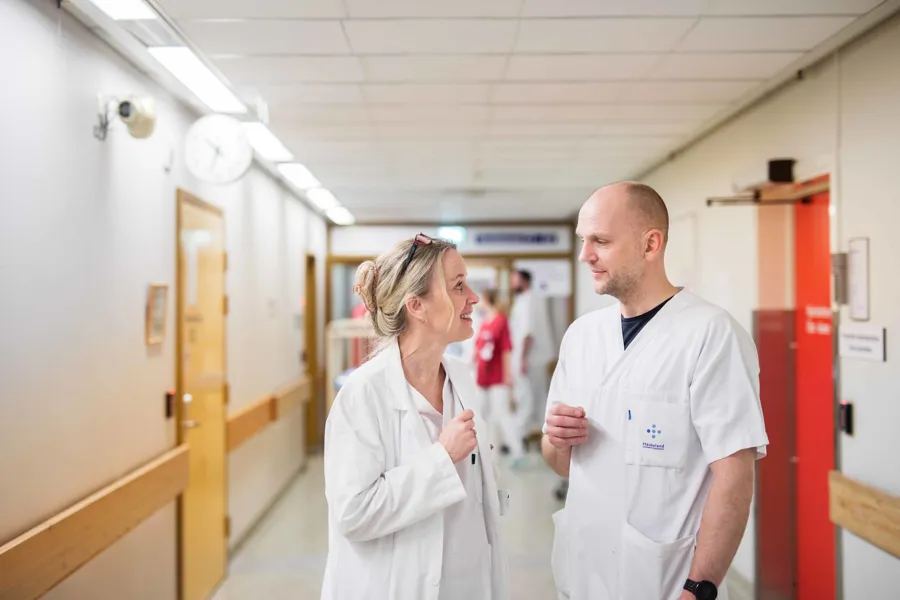Activity Trackers Introduced for Cardiac Patients at Haukeland University Hospital
Patients participating in digital cardiac rehabilitation can now monitor their training using smartwatches. “This provides us with a far more accurate picture of their actual activity levels,” says project leader Professor Tone M. Norekvål at the Department of Heart Disease’.

As part of the digital rehabilitation program eHjerteRehab, patients are now being offered activity trackers in the form of smartwatches
“Self-reported activity data is often imprecise. With activity trackers, we obtain objective information on steps, intensity, and duration. This gives us an entirely new level of insight into the patients’ physical activity,” explains Professor Norekvål, who chairs the PROCARD research group at Haukeland University Hospital.
According to her, this represents an important step forward in providing more individualized treatment.
Supporting Lifestyle Change
In addition to supplying valuable clinical data, the smartwatches play a key role for the patients themselves.
“Many patients feel more motivated when they can follow their own progress in real time. Observing improvements provides a sense of accomplishment and makes it easier to adhere to the rehabilitation plan,” says Norekvål.
The ambition is that continuous measurement and feedback will help patients meet national recommendations for physical activity, thereby improving their fitness and reducing the risk of recurrent cardiac events.
International Collaboration
The project has established close collaboration with leading researchers at the University of Sydney, Australia, through the TRACKER study, where activity trackers have played a central role in cardiac rehabilitation.
“Access to international expertise has significantly strengthened the quality of our project and reassured us that we are on the right path,” Norekvål emphasizes.
Strong Emphasis on Data Security
Achieving security clearance has required extensive effort. In collaboration with the Section for e-Health and the ROS team at Helse Vest ICT, a thorough risk and vulnerability analysis has been conducted, with particular focus on privacy and data protection.
“We are pleased to have reached a solution that enables healthcare professionals to gain reliable insight into patients’ actual activity levels. This allows for truly personalized treatment. By analyzing activity data, healthcare providers can tailor guidance, training plans, and goals. Activity trackers can now be integrated as a natural part of patient care,” says project coordinator Trond R. Pettersen.
Looking Ahead
The next step will be to further optimize systems for capturing and managing activity data. The project team is also seeking collaboration with other groups working on digital follow-up solutions.
“This is only the beginning. We know that many others are eager to apply similar technology, and we hope to share our experience and solutions in ways that will benefit even more patients,” Pettersen concludes.
Offering exercise digitally is also a new feature of the project.